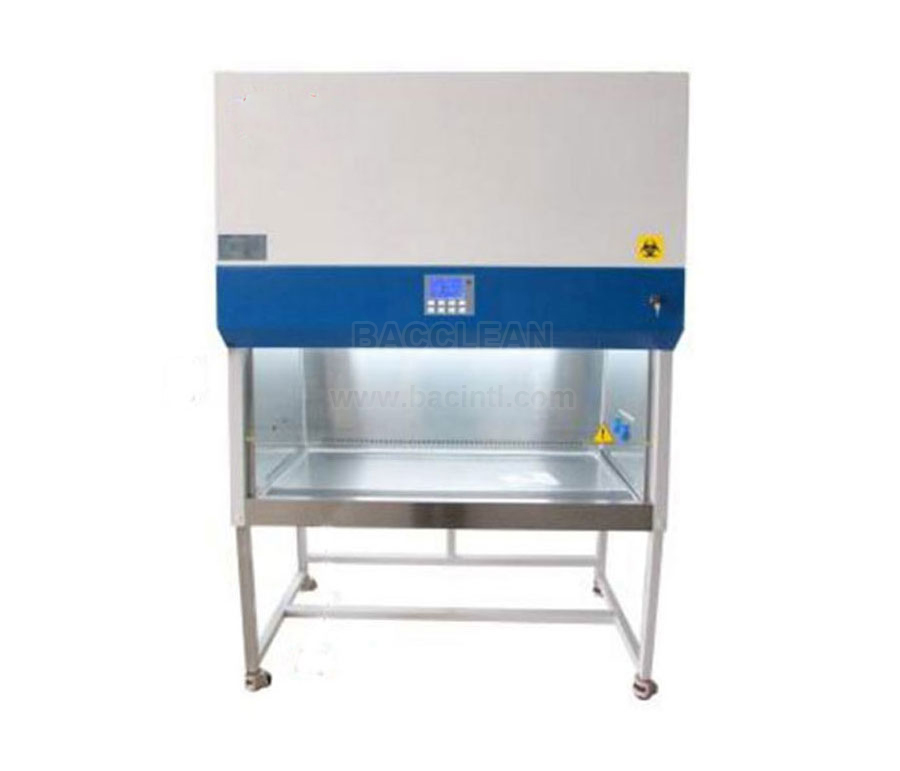Biosafety Cabinet

The biosafety cabinet is used to protect the operator, the laboratory environment, and the experimental materials to prevent exposure to the above operations in order to manipulate infectious materials such as primary cultures, bacterial strains, and diagnostic specimens. Designed for the production of infectious aerosols and spills.
The primary biosafety cabinet protects the staff and the environment without protecting the sample. The airflow principle is the same as for a laboratory fume hood, except that the vent is fitted with a HEPA filter. All types of biosafety cabinets use HEPA filters in the exhaust and air intakes. The first-class biosafety cabinet itself has no fan, and relies on the fan in the external air duct to drive the airflow. Since it cannot provide protection for the test articles or products, it has been used less frequently.
The secondary biosafety cabinet is currently the most widely used cabinet type. Like Class I biosafety cabinets, Class II biosafety cabinets also have airflow into the front window opening, known as the “inlet airflow”, to prevent aerosols that may be generated during microbial operations from escaping from the front window. Unlike Class I biosafety cabinets, the unfiltered intake air stream is captured by the incoming grid before reaching the work area, so the test product is not contaminated by outside air. A unique feature of the Class II biosafety cabinet is that the vertical laminar airflow filtered through the HEPA filter is blown from the top of the safety cabinet and is referred to as the “downward flow.” The sinking airflow is continuously blown through the working area of the safety cabinet to protect the test items in the cabinet from external dust or bacteria.
Specifications
Non-standard customization